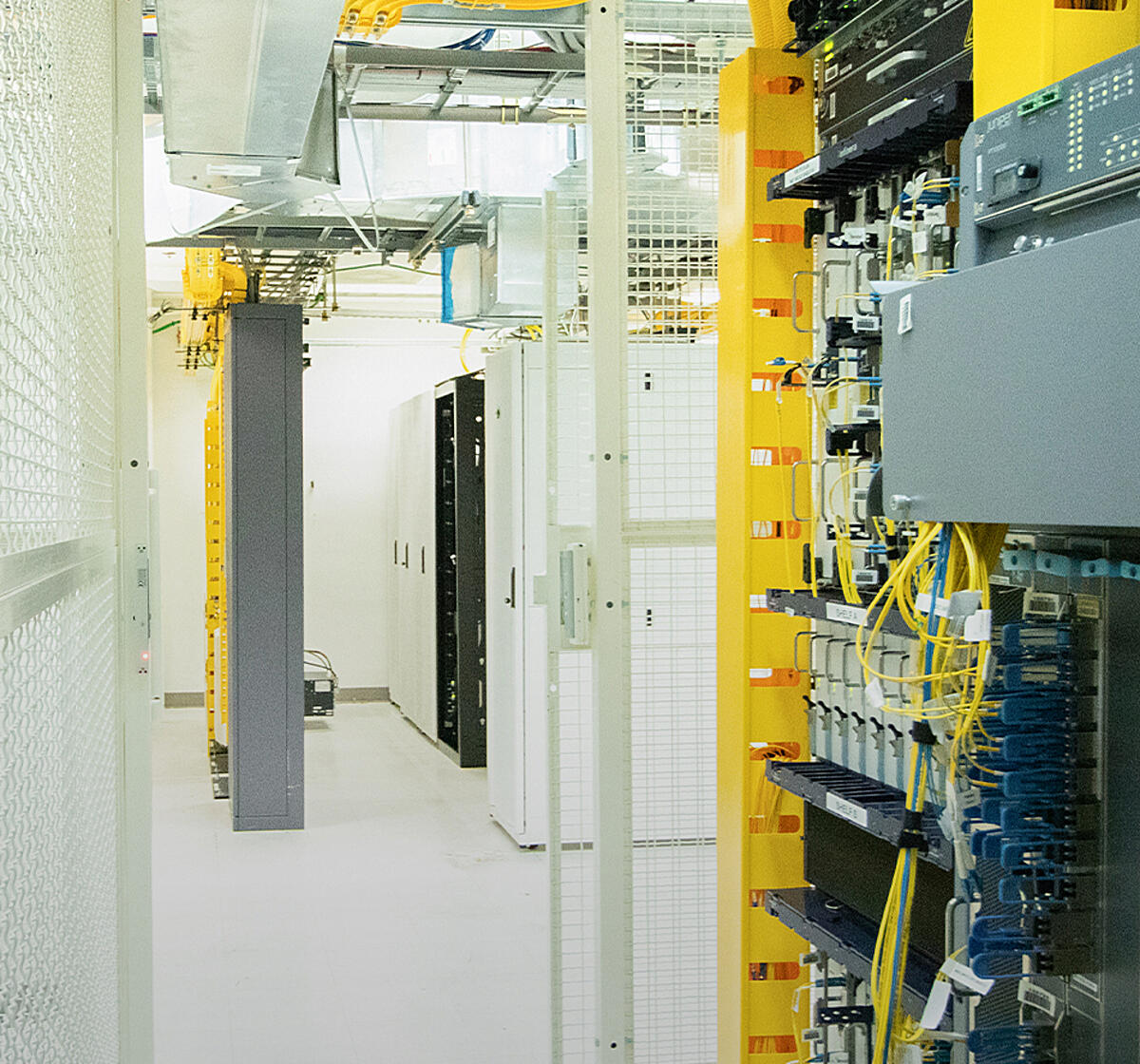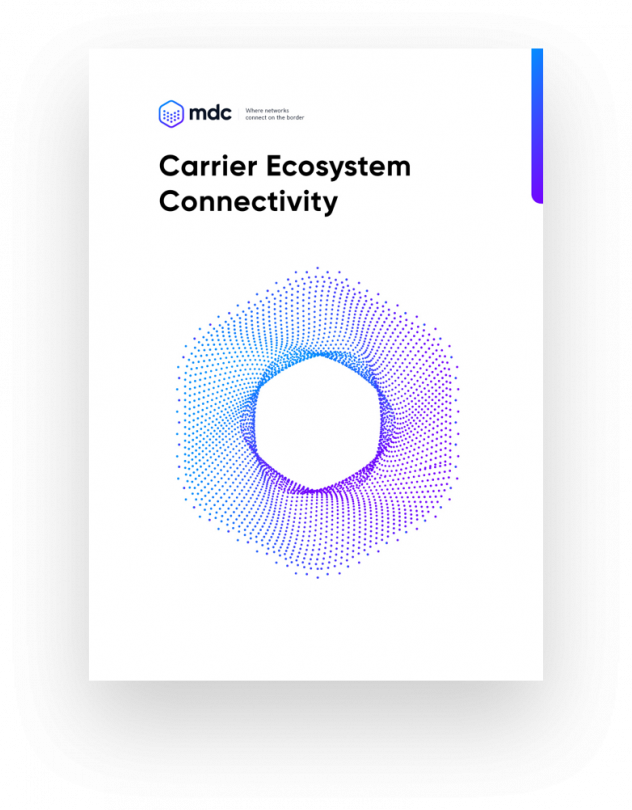
MDC Newsroom
For many Mexican operators and international service providers, the value of a point of presence along the border at first may not be clear, but the answer is simple: if operators want to service the Mexican market successfully they’re going to need a presence at the border.
To understand more it is important to view the Mexican market as two major segments: the northern states and the southern region.
Unlike the rest of the country, the Internet traffic that originates from the northern states is almost always routed through the United States. Over the years Mexican networks have adapted and developed their infrastructure designed to connect directly with the United States which has made the northern routes much vaster and robust that the central and southern routes.
Networks like Telia, Sparkle, GTT, TATA, as well as content providers such as Cloudflare, have identified the border as a viable option to grow their backbone networks and serve the Mexican market. The border hosts the single largest concentration of Mexican networks in the world – including Mexico.
Northern Mexico’s internet consumption
The majority of households that pay for OTT services are located in northern and central Mexico which directly correlates with the penetration and growth of broadband Internet in these regions. The latest data available show that the penetration of residential Internet broadband in Mexico reached 43% (4Q 2016) throughout the country and more than 50% in the north.
In 2018, a national survey on Availability and Use of Information Technologies in Homes (ENDUTIH) conducted by the National Institute of Statistics and Geography (INEGI) highlights Sonora and Baja California as the states that are leading the way with the highest rates connected users – 83.3% and 81.7% respectfully. The city with the single-most highest rate of Internet users is Hermosillo, Sonora, with 88.7% connected users.
To meet the high demand of internet traffic of the norther, Mexican networks have relied on Dallas as the closest market for peering with content providers and connecting with Tier 1 networks, but not all operators can reach Dallas, or Los Angeles, or Phoenix, which has made the border a much more viable option not only as an economically but also as an option for redundancy.
Border cities like McAllen and El Paso can serve as a benchmark of savings and growth available at the border. Because of the large concentration of carriers with a global reach in McAllen, it becomes unnecessary for Mexican operators to travel all the way to Dallas for interconnection services. This potentially adds up to more than 500 miles of transportation savings.
The city of El Paso is also very easily accessible and its proximity to the border makes this city yet another strategic market for Mexican operators looking to offload traditional connection hubs like Dallas, Los Angeles, or even Phoenix. Download our El Paso market analysis to learn why this city is a premier option to interconnect with Mexican networks.

LOGIX Fiber Networks establishes a new PoP at MDC Data Centers
Don’t miss readNetworks in Mexico have important crossing points in key markets such as McAllen, Laredo, and El Paso and have deployed their own infrastructure to the border. This has allowed operators to strengthen their diverse routes and have multiple points of presence along the border.
At MDC, we connect the largest number of Mexican operators in the United States and have helped many ISPs successfully serve the Mexican market. Our data centers are located at these strategic border cities to create an interconnection fabric for Mexico and the world.






